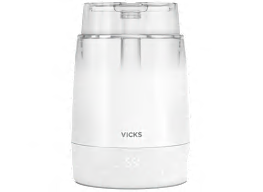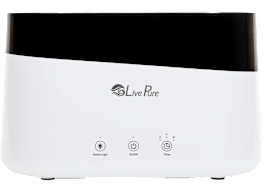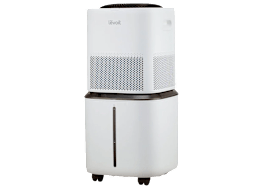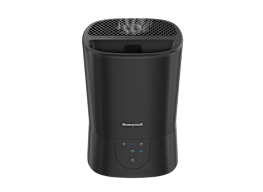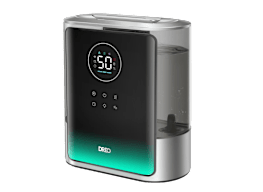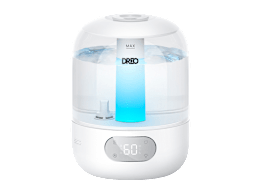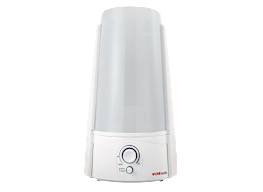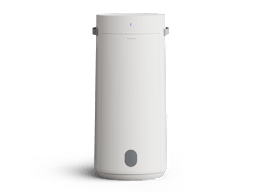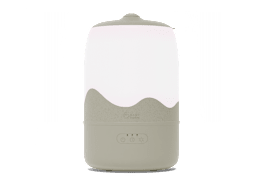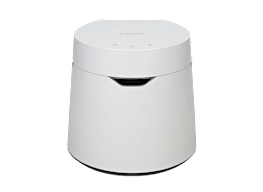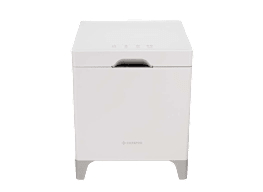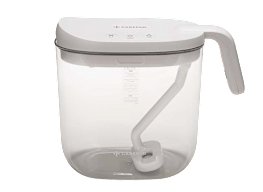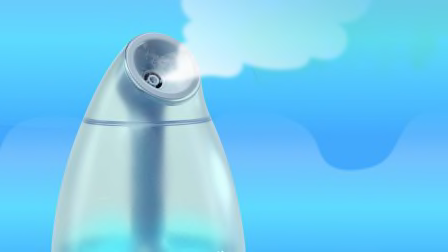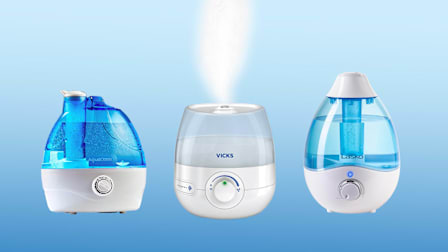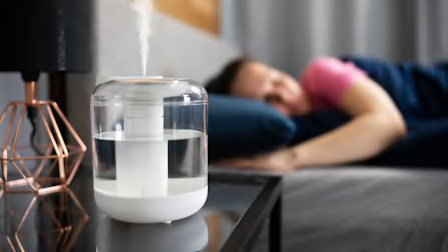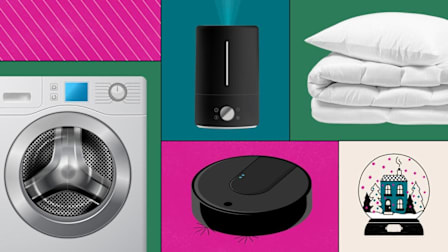Can a Half-Price Humidifier Get the Job Done?
CR compares two models to find out which delivers the most performance and value
When you shop through retailer links on our site, we may earn affiliate commissions. 100% of the fees we collect are used to support our nonprofit mission. Learn more.
When you crank up your heat in the winter, the humidity level inside your home can quickly drop from pleasant to parched. Large humidifiers, which generate enough moist air to cover spaces between 500 and 1,000 square feet, can help keep spacious rooms from feeling like a desert. Plus, models with large water tanks run longer on fewer refills than smaller sizes—but they can be pricey: Some large humidifiers in our ratings cost around $200. Do you really need to pay that much to humidify a big room? To find out, we compared a $140 Rowenta model with a Honeywell competitor for $70.
Comparing the Rowenta and Honeywell Humidifiers
The cheaper Honeywell has a lot to offer. It provided a lot of moisture in large rooms in our tests, earning an Excellent rating and outperforming the Rowenta, which earns only a Good rating. It also has a 73-inch-long power cord—about a foot longer than the Rowenta’s cord, making it easy to position the humidifier where you need it.
Our convenience test found that the Honeywell is easy to clean (something you should do at least weekly, if not daily, regardless of model), but keep in mind that it’s evaporative, meaning its fan blows cool air over a wet “wick” or filter to produce the moisture. The wick costs about $6.50 and should be replaced after about three months of use, or when it becomes crusty or brittle. The Rowenta, on the other hand, is ultrasonic, using vibrations to produce mist, and doesn’t require a wick.
Consumer Reports has tested dozens of humidifiers. For more options, see our complete humidifier ratings.
Editor’s Note: This article also appeared in the January 2021 issue of Consumer Reports magazine.
















